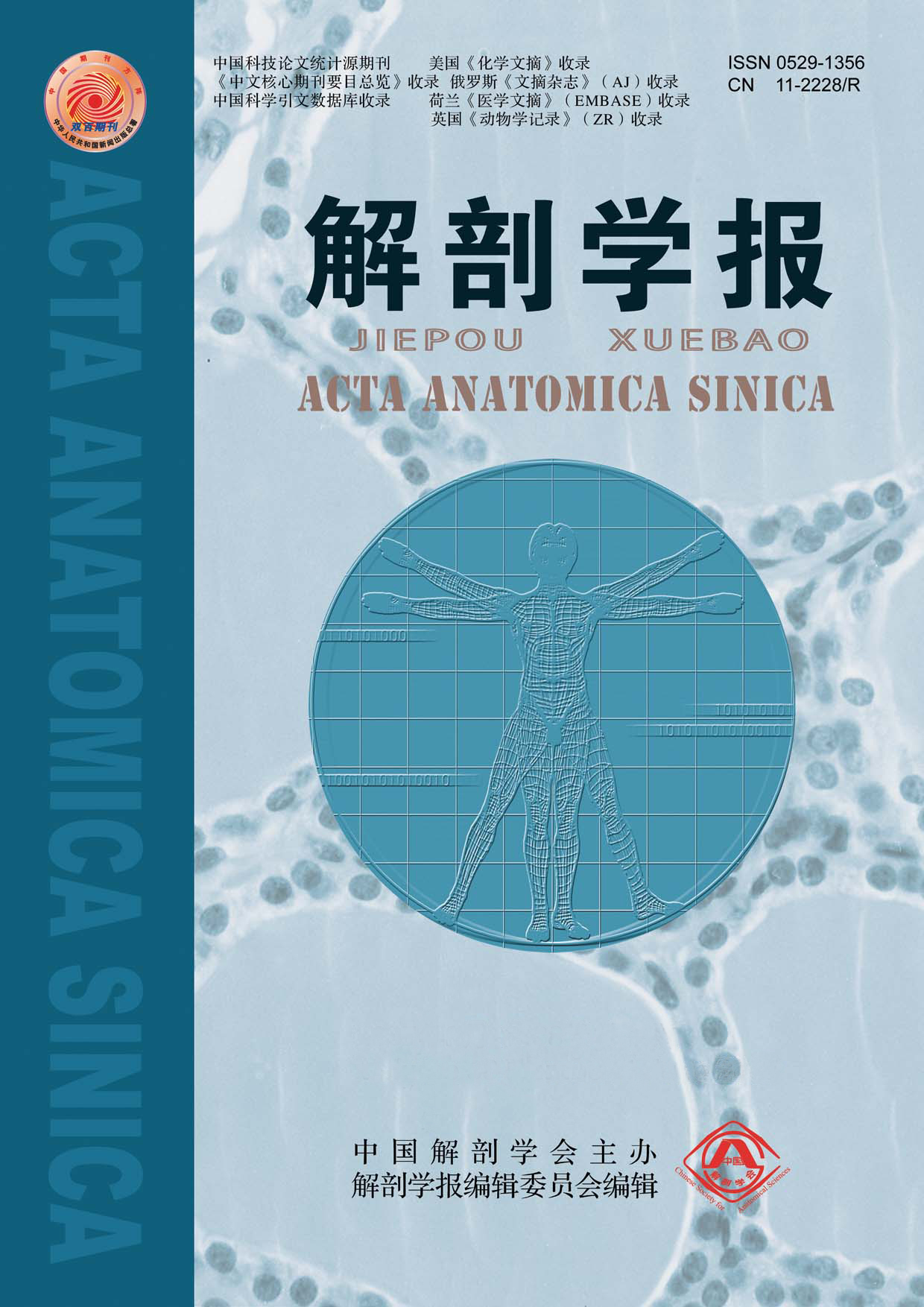Objective The volume and cortical
thickness of gray matter in patients with multiple sclerosis (MS) and
neuromyelitis optica (NMO) were compared and analyzed by voxel based
morphometry (VBM) and surface-based morphometry (SBM), and the differences in
the structural changes of gray matter in the two diseases were discussed. Methods A total of 21 MS patients, 16 NMO patients
and 19 healthy controls were scanned by routine MRI sequence. The data were
processed and analyzed by VBM and SBM method
based on the statistical parameter tool SPM12 of Matlab2014a platform
and the small tool CAT12 under SPM12. Results Compared with the normal control group (NC),
after Gaussian random field (GRF) correction, the gray matter volume in MS
group was significantly reduced in left superior occipital, left cuneus, left
calcarine, left precuneus, left postcentral, left central paracentral lobule,
right cuneus, left middle frontal, left superior frontal and left superior
medial frontal (P<0.05). After family wise error (FWE) correction, the
thickness of left paracentral, left superiorfrontal and left precuneus cortex in
MS group was significantly reduced (P<0.05). Compared with the NC group,
after GRF correction, the gray matter volume in the left postcentral, left
precentral, left inferior parietal, right precentral and right middle frontal
in NMO group was significantly increased (P<0.05). In NMO group, the volume
of gray matter in left middle occipital, left superior occipital, left inferior
temporal, right middle occipital, left superior frontal orbital, right middle
cingulum, left anterior cingulum, right angular and left precuneus were
significantly decreased (P<0.05). Brain regions showed no significant
differences in cortical thickness between NMO groups after FWE correction.
Compared with the NMO group, after GRF correction, the gray matter volume in
the right fusiform and right middle frontal in MS group was increased
significantly(P<0.05). In MS group, the gray matter volume of left thalamus,
left pallidum, left precentral, left middle frontal, left middle temporal,
right pallidum, left inferior parietal and right superior parietal were
significantly decreased (P<0.05). After FWE correction, the thickness of
left inferiorparietal, left superiorparietal, left supramarginal, left
paracentral, left superiorfrontal and left precuneus cortex in MS group
decreased significantly (P<0.05). Conclusion The atrophy of brain
gray matter structure in MS patients mainly involves the left parietal region,
while NMO patients are not sensitive to the change of brain gray matter
structure. The significant difference in brain gray matter volume between MS
patients and NMO patients is mainly located in the deep cerebral nucleus mass.


